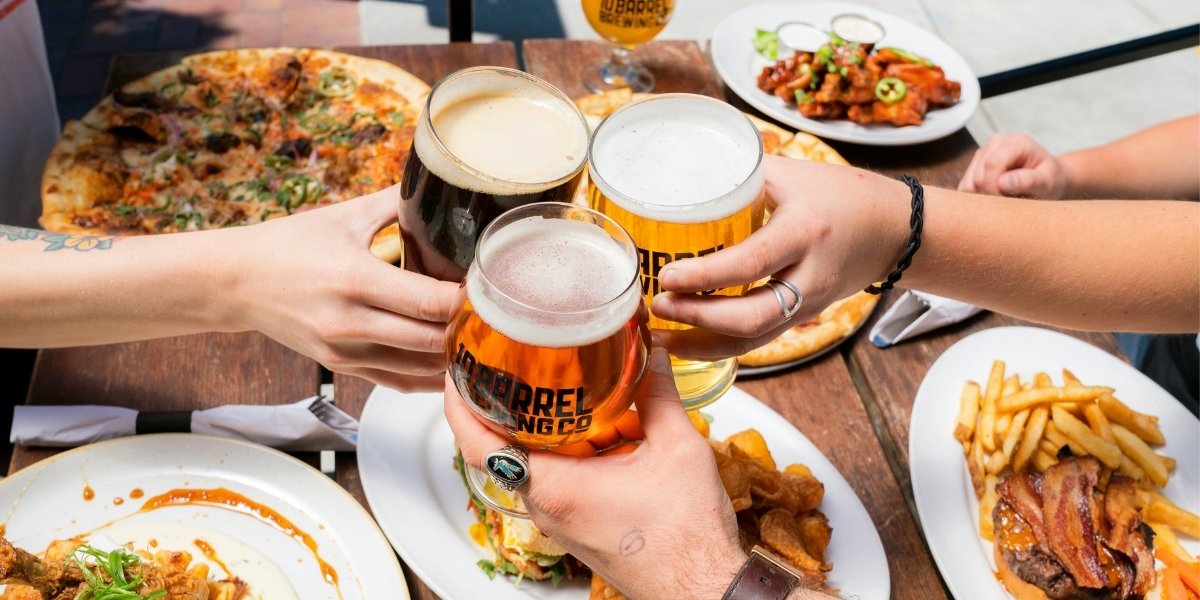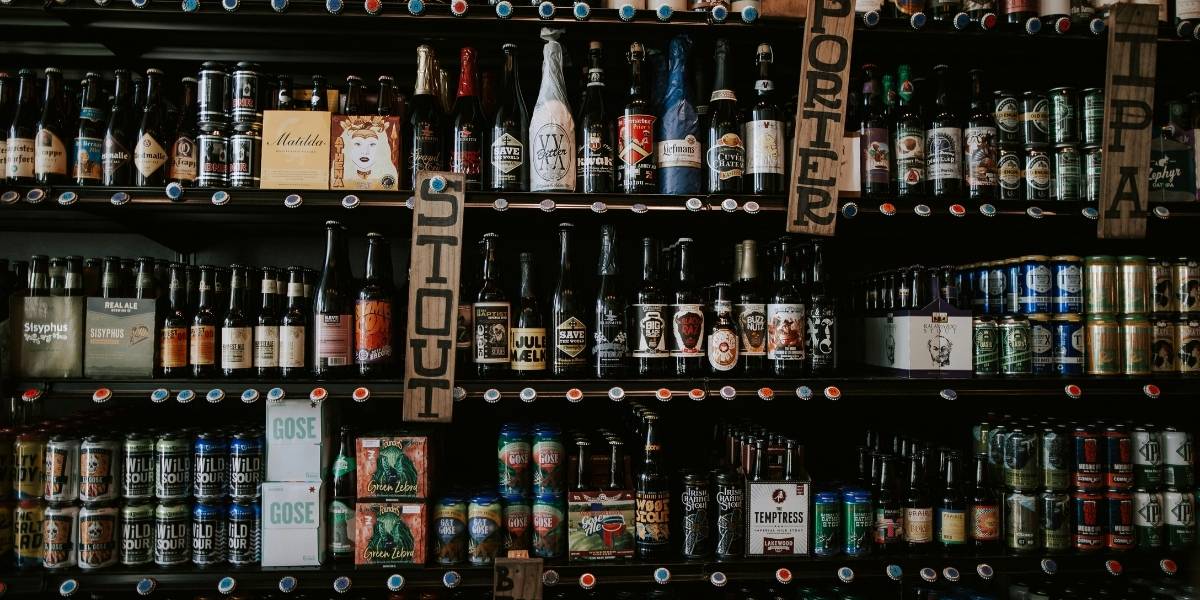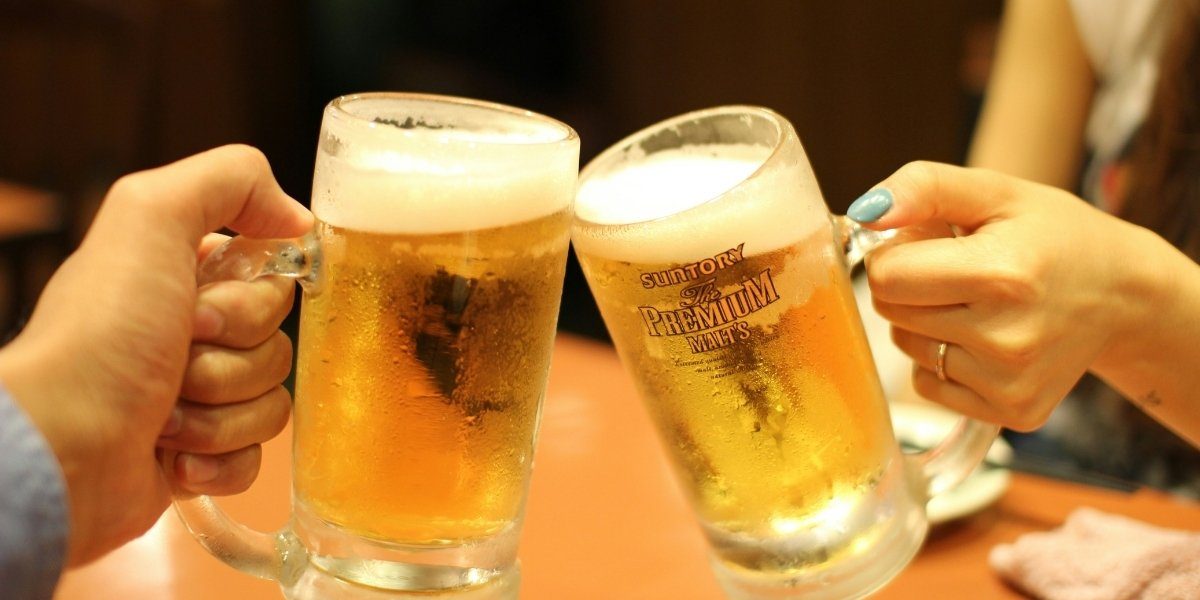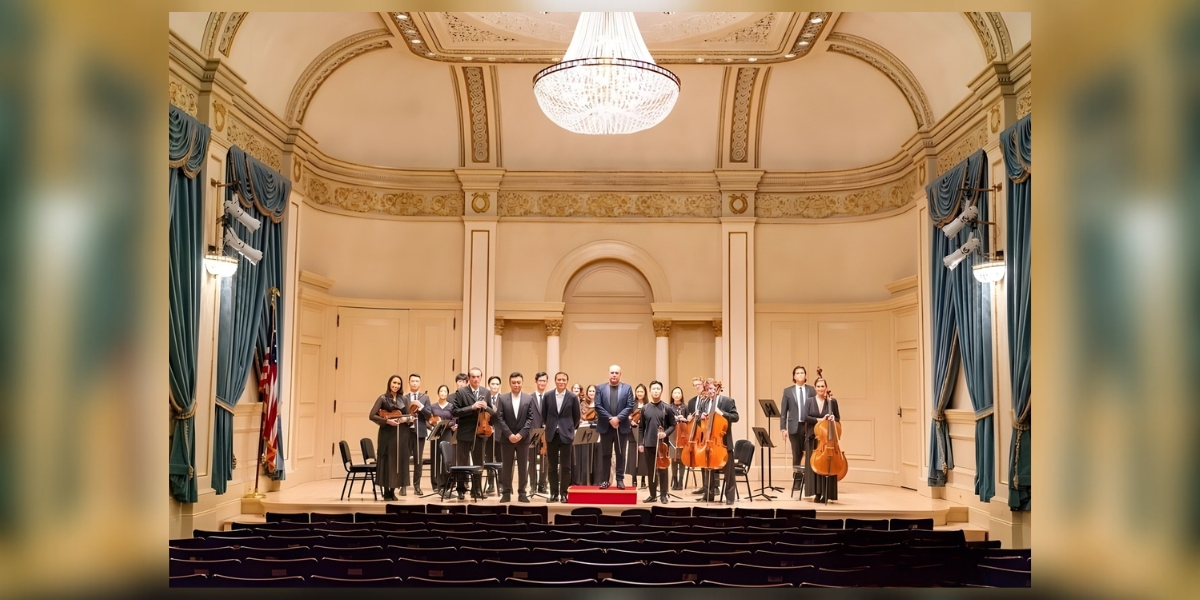How Did Macro Lagers Shape American Beer Culture?
In the decades following World War II, American beer came to be defined by the crisp, carbonated uniformity of macro lagers. Companies like Anheuser-Busch, Miller, and Coors grew into household names, spreading their influence through massive marketing budgets and nationwide distribution networks. Their beers, often described as light, refreshing, and easy-drinking, were brewed with adjuncts like corn and rice to appeal to the largest possible consumer base. These ingredients made brewing more cost-effective and the beer more consistent in flavor and appearance.
The success of these beers was not purely a result of flavor but of branding and ubiquity. Budweiser commercials became iconic, linking beer to American values like freedom, sportsmanship, and camaraderie. By the 1970s, the market had consolidated to just a few dominant players, and smaller regional breweries either closed or were absorbed.
Yet this dominance created a paradox. As beer became more popular, its flavor profile narrowed. Drinkers looking for complexity or bold character often felt disappointed. While macro lagers satisfied mainstream tastes, they failed to offer the variety or heritage present in European styles. This lack of diversity became a catalyst for change.
What Sparked the Craft Beer Movement?

By the 1980s, a few passionate individuals began reviving the art of brewing with an eye toward variety, tradition, and creativity. Small-scale brewers like Ken Grossman of Sierra Nevada and Jim Koch of Boston Beer Company introduced Americans to styles such as pale ales and porters that had been largely absent from the market. These early craft brewers took inspiration from British and Belgian brewing traditions while adapting them for American palates.
A key turning point was the legalization of homebrewing in 1978, signed into law by President Jimmy Carter. This allowed thousands of hobbyists to experiment, share recipes, and build communities around brewing. Some of these enthusiasts eventually transitioned into commercial brewers, helping to fuel a grassroots movement that grew rapidly during the 1990s.
Craft breweries emphasized fresh ingredients, small-batch production, and distinctive branding. Unlike the standardized nature of macro lagers, craft beers celebrated difference. This resonated deeply with consumers during a time when interest in local food and artisanal products was also rising.
How Do Regional Traditions Influence American Brewing?
As the craft movement spread, brewers began to embrace their local geography and culture in ways that made American beer incredibly diverse. The Pacific Northwest, blessed with rich soil and abundant hops, became the epicenter of hop-forward beers. IPAs flourished, particularly in places like Portland, Seattle, and Bend, where breweries experimented with bitterness, aroma, and hop combinations.
Meanwhile, San Diego carved out a reputation for high-alcohol, intensely flavored Double IPAs, often balancing tropical notes with bracing bitterness. These beers became favorites among hop aficionados and helped define the West Coast IPA style.
On the other side of the country, Vermont emerged as a hotbed for the New England IPA, known for its hazy appearance, soft mouthfeel, and juicy flavor. Breweries like The Alchemist and Hill Farmstead became legendary, sparking a nationwide trend that inspired many imitators.
In the Midwest, cities with strong German immigrant roots like Milwaukee, St. Louis, and Cincinnati continued to honor traditional styles like lagers, bocks, and hefeweizens. These regions balanced old-world craftsmanship with modern experimentation, blending heritage with innovation.
The South and Appalachian regions have also seen growth in brewing tied to agriculture, using local fruits, honey, and even wild yeast strains. These beers often reflect the local environment in ways that are both unique and evocative of place.
What Challenges and Innovations Define Today’s Brewing Landscape?
Despite its growth, the American brewing industry is now facing a different kind of pressure. With more than 9,000 breweries operating across the country, market saturation has become a serious issue. Competition is fierce, and some regions now have more breweries than their populations can support. This has led to closures, mergers, and a greater need for differentiation.
One of the most significant challenges is meeting the evolving preferences of consumers. Younger drinkers are increasingly health-conscious and interested in lower-alcohol or alcohol-free options. This has led to a surge in non-alcoholic craft beers, once considered a novelty but now gaining respect for quality and flavor.
Sustainability is also driving innovation. Breweries are adopting eco-friendly practices like water recapture, solar energy, and spent grain recycling. Others are brewing with lesser-known grains like sorghum and fonio to reduce their environmental footprint and tap into new flavor profiles.
Technology is changing the industry too. From precision brewing software to AI-driven flavor analysis, modern tools are helping brewers refine their recipes and streamline operations while preserving the soul of craft beer.
How Does the Future Look for American Brewing?

Looking ahead, the American beer scene appears to be both resilient and imaginative. While the heady days of explosive growth may be behind us, there is still room for breweries that offer authenticity, storytelling, and community connection.
Brewers who understand their local markets and maintain strong relationships with their consumers are more likely to succeed. Taprooms have become community hubs, and direct-to-consumer models are helping small breweries thrive even without national distribution.
Global influence continues to shape American brewing. From Japanese rice lagers to Scandinavian farmhouse ales, cross-cultural experimentation is creating new styles and hybrid techniques. The result is a marketplace that’s both familiar and surprising.
Above all, the enduring appeal of American brewing lies in its adaptability. It’s a space where history meets innovation, where flavors tell stories, and where every pint carries a sense of place. Whether through honoring old traditions or pushing the boundaries of style, American brewers continue to shape a cultural and culinary movement that goes far beyond the glass.








